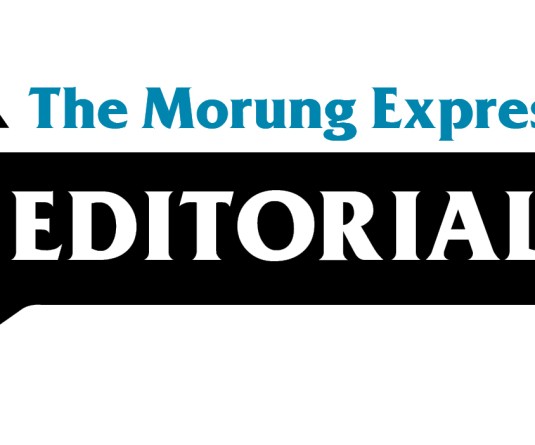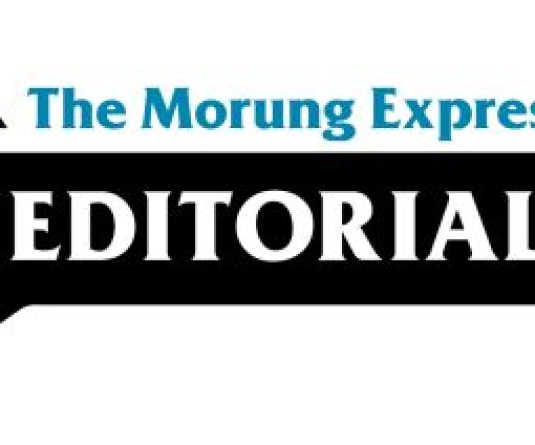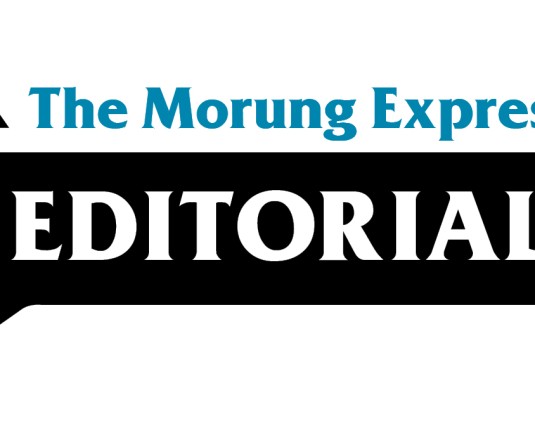
Dr Asangba Tzudir
There is a sad realization about the status of many indigenous languages going extinct today. The sad reality is that, it means the loss of indigenous culture and identity. This has somehow awakened the need to revisit culture, its values and how it remains integral to one’s rootedness within the waves of changes brought in by modernization and urbanization. And this is where modern education, pedagogy and Culture and tradition need to be linked.
When we look at the general landscape of learning today, education often finds measured in grades, rankings, and job, and which carries a risk. It not only takes away real learning but also risk forgetting that learning is also about embracing a sense of identity and belongingness. In context, for the Naga people, whose identity finds woven in oral tradition, community living, and deep-rooted cultural symbolism, pedagogy needs to be more than a carrier of information or else there will be a disconnect, that, it must serve as a bridge between past wisdom, present education system in tune with the future challenges.
Before the arrival of formal education from the west, traditional Naga culture had its own scientific systems of education. Morung served as the institution of learning where young people learned from elders not just facts of their history, but values, skills, and ways to survive. As part of oral tradition, Storytelling was like the heartbeat of this pedagogy, carrying moral lessons, histories, and ecological knowledge. Learning was indeed holistic within the framework of a shared responsibility and community life.
The arrival of modern schooling through American missionaries brought literacy, new subjects, and which opened the minds in getting access to a wider world. While it opened opportunities, it also created gaps between academic learning and indigenous ways of knowing and learning. In the evolution of times which has ushered in waves of changes, the challenge today is a delicate one. The rigors of modern pedagogy especially with the coming of the NEP 2020, however rigorous, need a delicate blending with traditional knowledge and wisdom. This blending is necessary if values of shared-humanity is to survive in this age of technological revolution.
A first step in the process of this blending is to integrate Naga cultural form and content into the curriculum. Today’s younger generation might see Folk songs, myths, proverbs, and traditional ecological practices as past relics. However, they carry the roots of values and principles of sustainability, resilience, and ethics that the world sorely needs today. Besides, traditional teaching methods also have much to offer. To rejuvenate learning, storytelling can be merged with digital media to draw the imagination of techno-savvy youths.
This dialogue between pedagogy and culture should also acknowledge Naga women’s role in education and culture. Women have been the keepers of oral traditions, skilled weavers whose patterns encode clan identity, and managing the household which was economy in itself. Their efforts and contributions needs to be honored because it not about balancing gender but a process of retelling truth about Naga traditional cultural heritage.
The way forward in this process of blending is dialogue. The past and present needs to be brought together, so also local and global while also creatively innovate tradition. The objective is not to fossilize culture, nor to imitate someone else’s system but to come up with authentic expression of who we are and who we aspire to be.
Time is crucial because if we cannot link pedagogy and culture, then educational institutions will only succeed in producing textbooks fluent while being strangers to themselves. It is only through the linking of pedagogy and culture, and education and heritage together, we can prepare our young generation to face this challenging world while also teaching them to build a world with a human face.
(Dr Asangba Tzudir writes a weekly guest editorial for The Morung Express. Comments can be emailed to asangtz@gmail.com)






